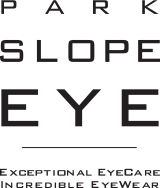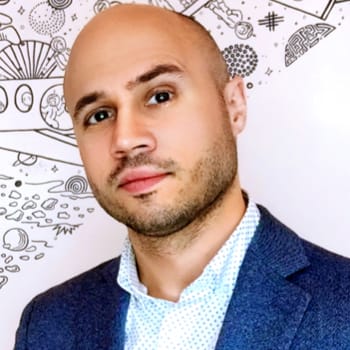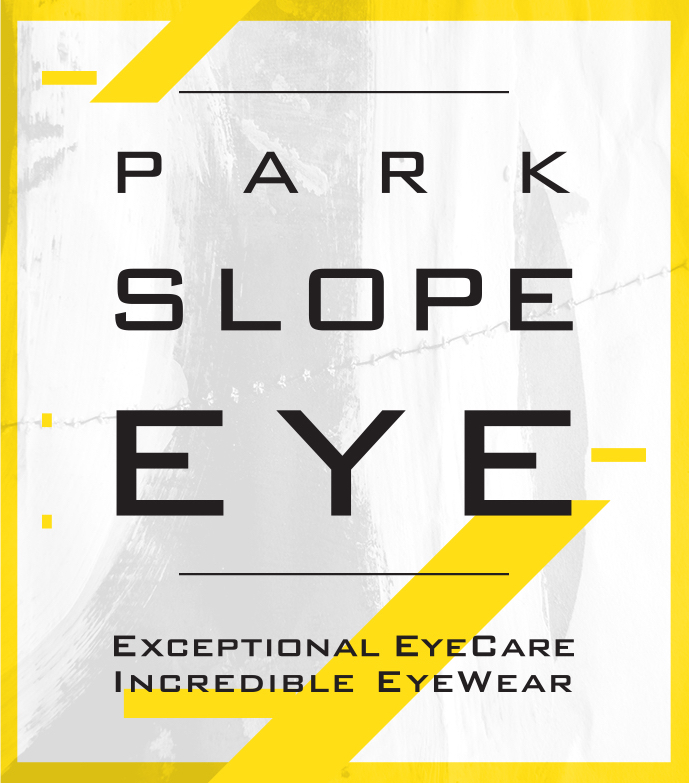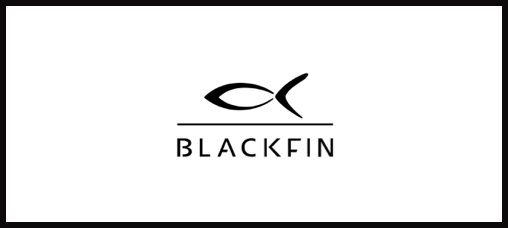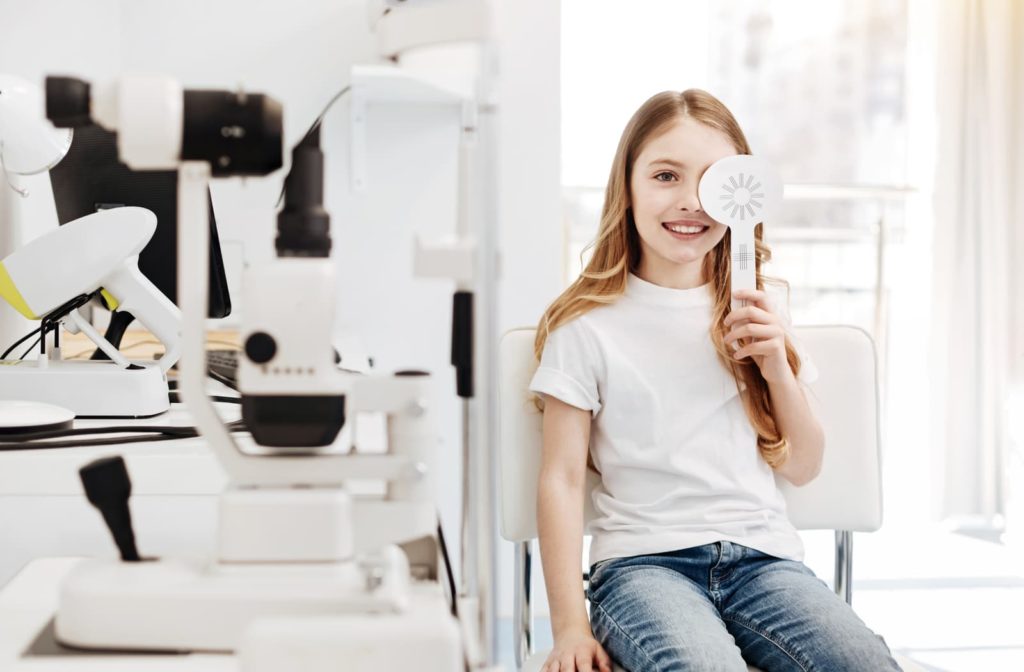
Eye movement is essential to proper vision. Vision mobility is dictated by how well both of our eyes synchronize, and how efficiently our brain communicates with our eyes. When there is a problem with how our eyes move, it’s called an eye movement disorder.
Vision therapy is a treatment method that can help correct eye movement disorders. While things like glasses and contact lenses help with clearer vision, vision therapy helps correct issues glasses can’t.
What is Vision Therapy?
Vision therapy is a broad term that covers a variety of eye exercises. Administered by an eye care professional, these exercises help to improve eye tracking movements, focusing skills, eye coordination and visual perception. It’s a non-invasive, non-surgical treatment that is often recommended in childhood, but adults can benefit from vision therapy, too.
During vision therapy, your therapist will use a variety of therapeutic lenses, prisms, games, filters and more to help train your eyes. Typically, you’ll visit your optometrist for regular vision therapy appointments as well as practicing various exercises at home.
Types Of Disorders & Can Vision Therapy Help
Strabismus (Crossed Eyes)
Strabismus, also known as being cross-eyed, is a disorder where each eye does not look at the same place. This orientation of the eyes is due to poor eye muscle control or in patients that are farsighted where they struggle to see nearby objects.
This misalignment of the eyes can lead to double vision, or even amblyopia or lazy eye where one eye is more impaired than its counterpart. Reinforcing the connection between the eye and the brain can help in combating Strabismus.
Amblyopia (Lazy Eye)
Amblyopia, also known as having a “lazy eye”, is when one eye is stronger than the other, leading to the other eye being relied upon less and less causing poorer and poorer vision. This disorder commonly occurs in childhood and is the most common reason for vision loss in children.
Amblyopia affects depth perception, which can cause squinting or closing the less dominant eye for better vision. Vision therapy can outline an eye exercise routine that may include eye-tracking activities, spatial skill tests, and binocular vision exercises, to help alleviate amblyopia.
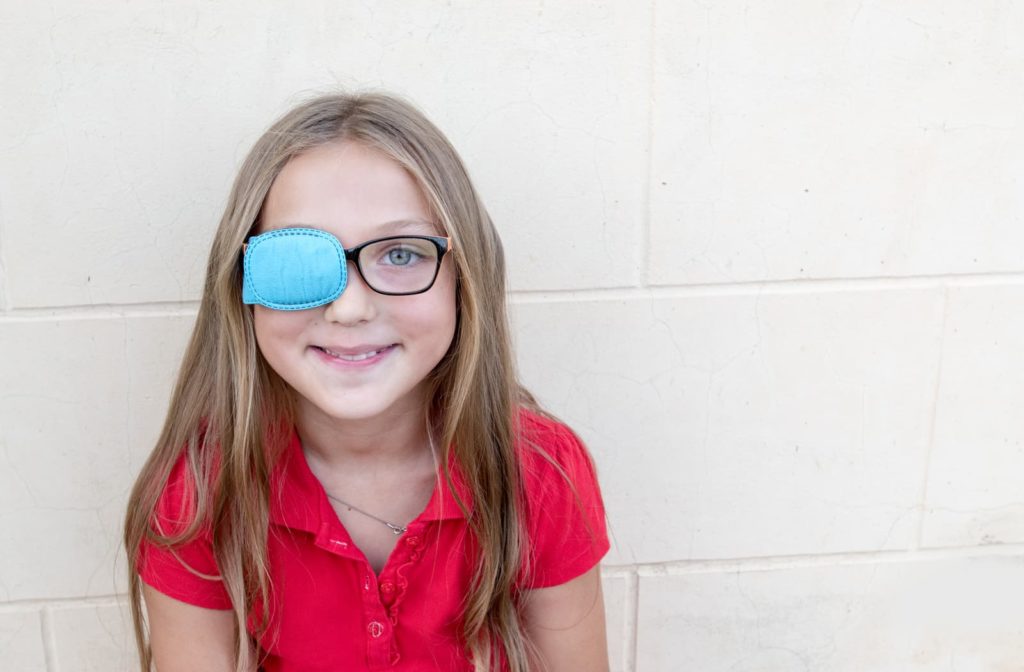
Nystagmus
Nystagmus is an eye condition where your eye may make repetitive and uncontrolled movements in all directions (up, down, side to side) and sometimes even in rotary patterns (circles). This can affect your depth perception and decrease your balance and coordination. Many people with nystagmus try to compensate for these repetitive eye movements by altering their head position to maintain balance and the ability to walk normally.
This is typically a neurological problem from birth and is generally treated with contact lenses or a multi-sensory vision therapy approach, mainly focusing on using prisms.
Myopia (Near-Sightedness)
The progression of myopia, which is an eye condition where you struggle to make out far off objects, while closer objects appear clear, can be slowed with vision therapy. This is mainly in myopia that manifests from spasming of the muscles that control the eye, as well as myopia as a result of stress.
Post-Concussion Syndrome
Having a concussion can lead to a variety of symptoms, some of which affect your vision. Because of the close relationship between the brain and the eyes, these vision problems can include blurred vision, light sensitivity, and headaches.
A robust vision therapy routine can mitigate some of these issues and a comprehensive eye exam will tell your optometrist whether or not vision therapy is a potential option if you have had a concussion.
Physiotherapy For Your Eyes
A good way to compare vision therapy is with physiotherapy. Physiotherapy can help restore proper movement in our bodies, whereas vision therapy can help restore proper movement in your eyes.
If you think it may be beneficial for you to try a vision therapy, or you have one or more of the disorders above, getting a full eye exam from your optometrist is the next step in knowing if you are a good candidate for vision therapy.
